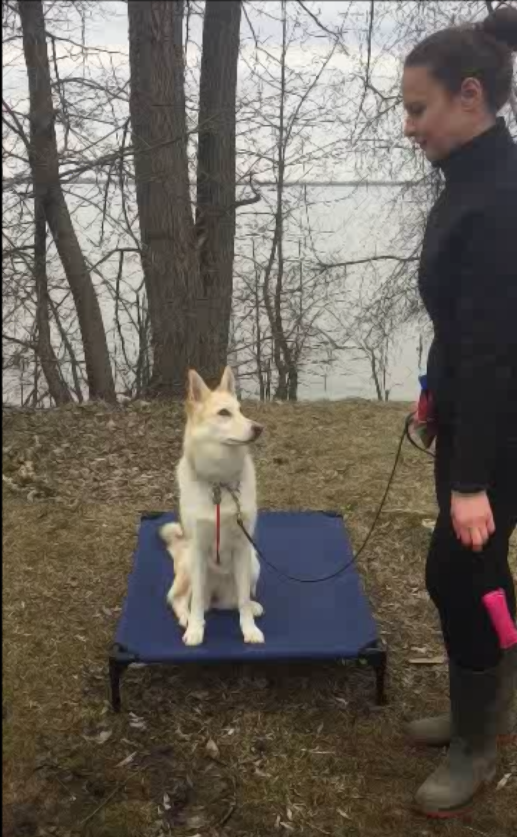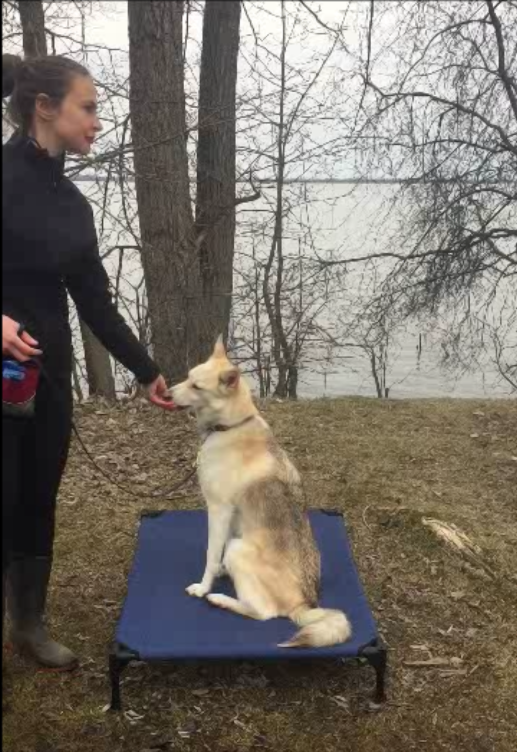General Training Tips
1. Use food as a consequence for behavior, not as a bribe (once you’ve faded a food lure). Get food out of your luring hand within 2-3 trials of him performing the behavior. Try not having food in your hand for the next session. Eg signal the down cue with one hand, praise and then give food with your other hand held behind your back. This will teach him, that there will be good consequences for his behavior even if he can’t initially see them.
2. When you first start teaching a cue, don’t name a behavior before you can get the dog to reliably perform the behavior by luring, prompting or capturing. eg. Try luring your dog into heel position a few times, before saying the verbal cue “heel.” Always say the verbal cue before doing the hand gesture, so that he learns the verbal cue.
3. Once you’ve practiced a cue, try to ask for the cue in situations where you are confident your dog will comply and gradually increase expectations. Avoid saying a command if you are unsure if the dog will comply and you don’t have a way to back up the command (dog is off leash). Avoid repeating a cue, unless you don’t think he heard you.
4. When increasing distractions, start further away than you think your dog needs to be successful and move closer as he succeeds. If he fails, lower your criteria. eg, when you ask for a sit outside, and he gets up before you release him, next time, say his release word earlier and then gradually increase time during that session. In general, you will need to initially lower criteria when moving to a new environment or adding new distractions.
5. For each session that you’re working on one of the cues, do 3-5 repetitions of the same cue, depending on the duration of each cue and your dog’s enthusiasm. You want to ideally stop before his enthusiasm declines. If you’ve passed that point, or hit a set back, don’t worry. Ask for a cue that he knows well, and end with that. Doing something simple like luring him around in a spin also works well to end a session. Have a play session after your training session. eg tug.
6. Set a goal to increase a single criterion for each session. ex. Increase the sit duration by 30s or fade away the hand signal for down, or take 2 steps away before releasing from down.
7. Once your dog knows a cue like “sit” make his desired activities contingent on him doing the cue. eg have him sit and wait to be released before going out the door. Going out the door will then serve as the reward rather than food. Or require him to heel for 10 steps or maintain a loose leash before being allowed to go into the dog park.
8. Don’t forget to release your dog every time that you ask for a behavior. If you need him to perform a behavior for longer than he is currently capable, release him and then ask for the behavior again or have a high enough rate of reinforcement to keep him in position.


